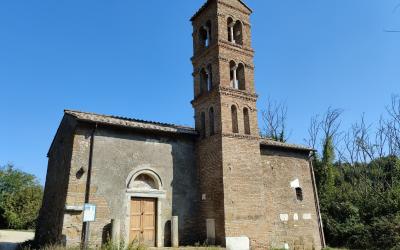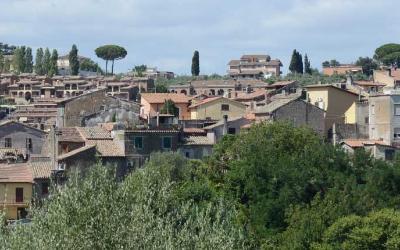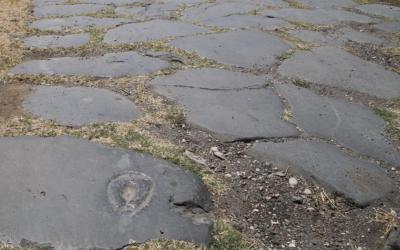A walk along the original route of one of the oldest consular roads, which linked two cities, Rome and Rimini, and two seas, the Tyrrhenian and the Adriatic.
The Romans, as we know, were great engineers and builders of roadways to facilitate the movement of armies but also of merchandise across their vast territories. The Romans, as we know, were great engineers and builders of roadways to facilitate the movement of armies but also of merchandise in the vast territory.
The Via Flaminia was built in the late 3rd-century BC by the Roman consul Caius Flaminius to link the capital with the Ager Gallicus, but much of the old road has disappeared over the centuries.
One of the most important traces is to be found at the entrance to the town centre of Rignano Flaminio, where large and clearly visible cobblestones remain, the typical lava stone blocks used in antiquity for paving roads.
Follow the traces of the ancient Via Flaminia, with the support of an expert guide, to discover the history, archaeology and environment of this unique area.
The Via Flaminia was built in the late 3rd-century BC by the Roman consul Caius Flaminius to link the capital with the Ager Gallicus, but much of the old road has disappeared over the centuries.
One of the most important traces is to be found at the entrance to the town centre of Rignano Flaminio where large and clearly visible cobblestones remain, the typical lava stone blocks used in antiquity for paving roads.
Follow the traces of the ancient Via Flaminia, with the support of an expert guide, to discover the history, archaeology and environment of this unique area.



